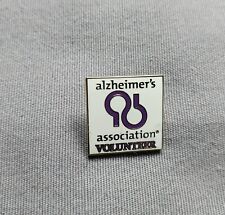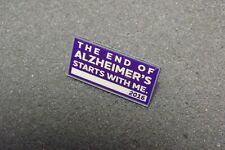
Unexpected findings from a Scripps Research Institute study could completely alter prevailing notions about Alzheimer’s disease – pointing to the liver instead of the brain as the original source of the plaques that cause the disease. The findings, appearing in The Journal of Neuroscience Research, could point the way to a relatively simple approach for treating Alzheimer’s.
Study leader Greg Sutcliffe has for several years been focusing his research on naturally occurring, inherited differences in neurological disease susceptibility among different mouse strains – effectively creating a database of gene activity in different tissues, as measured by mRNA accumulation.
Sutcliffe then turned his database of gene expression to Alzheimer’s, looking for differences in gene expression that correlated with differences in disease susceptibility. This intensive work involved writing computer programs that identified each genetic difference in various tissues, the liver being one of them.
Sutcliffe’s gene hunt offered up good matches and one of these candidates – the mouse gene corresponding to a gene known to predispose humans carrying particular variations of it to develop early-onset Alzheimer’s disease – was of special interest.
“The product of that gene, called Presenilin2, is part of an enzyme complex involved in the generation of pathogenic beta amyloid,” Sutcliffe said. “Unexpectedly, heritable expression of Presenilin2 was found in the liver but not in the brain. Higher expression of Presenilin2 in the liver correlated with greater accumulation of beta amyloid in the brain and development of Alzheimer’s-like pathology.”
This finding suggested that significant concentrations of beta amyloid might originate in the liver, circulate in the blood, and enter the brain. If true, blocking production of beta amyloid in the liver should protect the brain.
To test this hypothesis, Sutcliffe’s team set up an in vivo experiment using wild mice that would most closely replicate the natural beta amyloid-producing environment. “We reasoned that if brain amyloid was being born in the liver and transported to the brain by the blood, then that should be the case in all mice,” Sutcliffe said, “and one would predict in humans, too.”
The mice were given imatinib (marketed as the cancer drug Gleevec/Glivec) which reduces the production of beta amyloid in neuroblastoma cells transfected by amyloid precursor protein. Importantly, Gleevec has poor penetration of the blood-brain barrier in both mice and humans.
“This characteristic of the drug is precisely why we chose to use it,” Sutcliffe explained. “Because it doesn’t penetrate the blood-brain barrier, we were able to focus on the production of amyloid outside of the brain and how that production might contribute to amyloid that accumulates in the brain, where it is associated with disease.”
The mice were injected with Gleevec twice a day for seven days; then plasma and brain tissue were collected, and the amount of beta amyloid in the blood and brain was measured. Sutcliffe found the drug dramatically reduced beta amyloid not only in the blood, but also in the brain (where the drug cannot penetrate). Thus, reasoned Sutcliffe, an appreciable portion of brain amyloid must originate outside of the brain.
“This unexpected finding holds promise for the development of new therapies to fight Alzheimer’s,” he said, adding that he now hopes to find a partner and investors to move the work into clinical trials and new drug development.
Related:
Report reveals enormous global cost of Alzheimer’s
Processed foods linked to Alzheimer’s and diabetes
Microorganisms Behind Schizophrenia And Alzheimer’s?
Obesity Increases Alzheimer’s Risk


















Comments are closed.